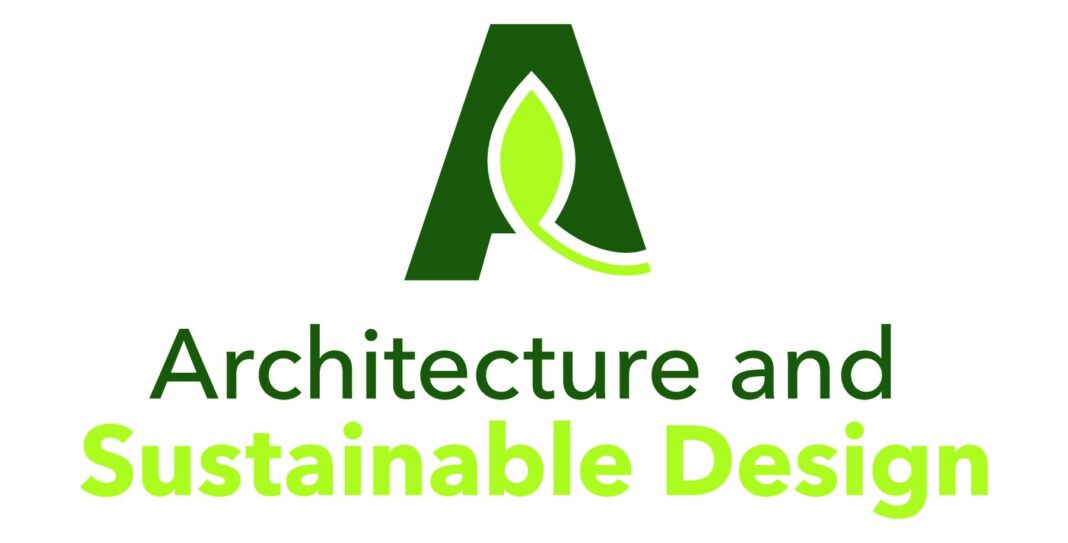Walls whisper stories. Buildings breathe life into dreams. And sometimes, those dreams are born in classrooms, taking shape with the deft strokes of imagination and the precise lines of blueprint. At Pennsylvania College of Technology, the walls are clamoring with tales of future visionaries. An electrifying new architecture exhibit showcases the raw talent and boundless creativity of the college’s students, offering a glimpse into the minds shaping tomorrow’s built environment. Prepare to be inspired as we explore the innovative designs and bold perspectives on display.
Student Visions Take Center Stage
Diversity of Projects
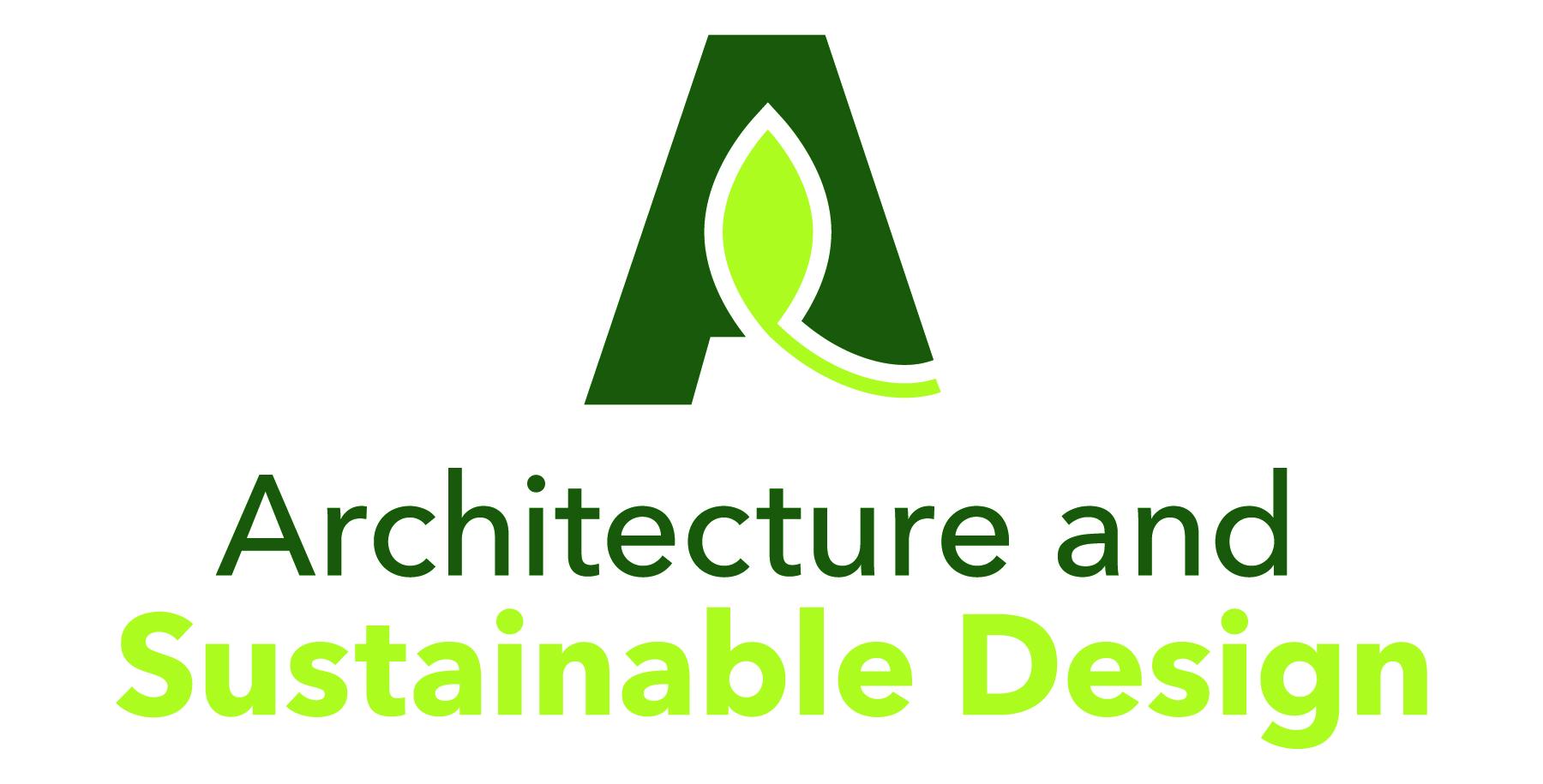
The upcoming exhibit at Pennsylvania College of Technology promises a captivating glimpse into the future of sustainable design. Eighteen graduating seniors from the architecture & sustainable design major will showcase their capstone projects, each a testament to their innovative thinking and commitment to environmentally responsible practices. The breadth of projects on display highlights the diverse interests and aspirations of these emerging architects.
From ambitious urban revitalization schemes that breathe new life into neglected spaces to meticulously crafted eco-friendly housing designs that prioritize energy efficiency and resource conservation, the students have tackled a wide range of challenges.
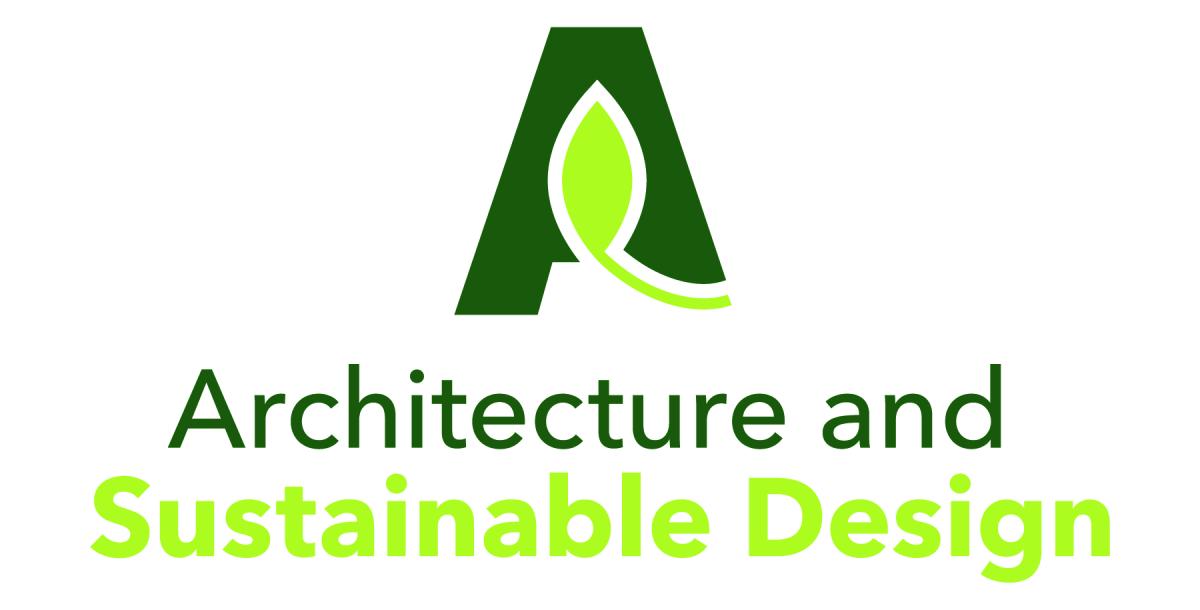
Key Design Elements
A recurring theme throughout the exhibits is the thoughtful integration of renewable energy sources, sustainable materials, and cutting-edge construction techniques. Students have explored the potential of solar panels, wind turbines, and geothermal energy to power their designs, demonstrating a keen understanding of how to harness nature’s resources responsibly.
The selection of materials is equally noteworthy, with a focus on locally sourced, recycled, and rapidly renewable options. From reclaimed wood and bamboo to bio-based plastics and recycled aggregates, the students have embraced materials that minimize environmental impact while maintaining aesthetic appeal and structural integrity.
Furthermore, many projects showcase innovative construction techniques that reduce waste, energy consumption, and the reliance on traditional, resource-intensive methods. This includes exploring prefabricated components, modular construction, and 3D printing, all of which offer promising solutions for a more sustainable built environment.

Student Inspiration
Behind each design lies a compelling story, a personal drive, or a specific social issue that has inspired the student’s creative vision. Many students have drawn inspiration from their own communities, seeking to address local challenges such as affordable housing shortages, aging infrastructure, or the need for sustainable transportation solutions.
Others have been motivated by a deeper concern for the planet, envisioning designs that mitigate climate change, reduce carbon footprints, and promote biodiversity. Their projects serve as powerful reminders that architecture has the potential to be a force for positive change.

Penn College Fosters Sustainable Design Leaders
Academic Rigor and Real-World Experience
The architecture & sustainable design program at Pennsylvania College of Technology is renowned for its rigorous curriculum and its commitment to providing students with practical, hands-on experience. Students gain a comprehensive understanding of architectural principles, design theory, construction techniques, and the latest advancements in sustainable building practices.
Beyond the classroom, students have opportunities to participate in real-world design projects, internships with leading architecture firms, and competitions that challenge them to push the boundaries of innovation.
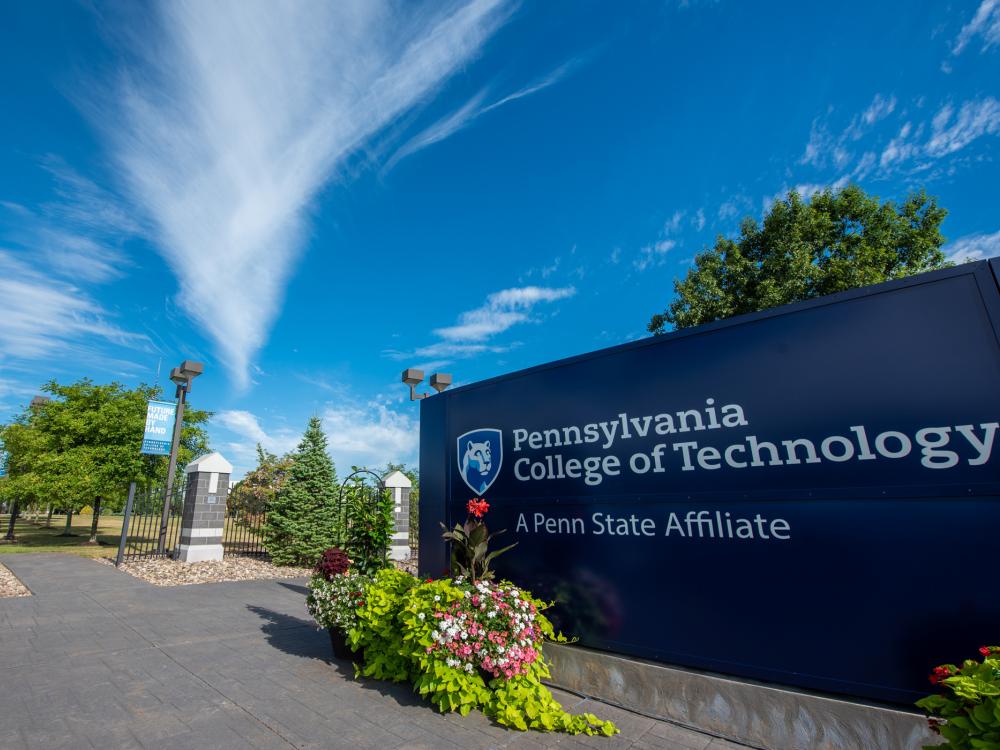
Faculty Expertise and Industry Connections
The program is led by experienced faculty members who are passionate about sustainability and committed to mentoring students as they develop their skills and embark on their careers.
Penn College also boasts strong connections with industry partners, providing students with access to mentorship, networking opportunities, and potential employment prospects in the growing field of sustainable design.

Exhibit as a Showcase of Talent
The upcoming exhibit serves as a proud testament to the program’s success in nurturing the next generation of sustainable design leaders. It provides a platform for students to share their talents, showcase their hard work, and gain valuable exposure to the wider architectural community.
The exhibit is also an opportunity for the public to engage with the critical issues surrounding sustainable design and to be inspired by the creative solutions being developed by these promising young architects.
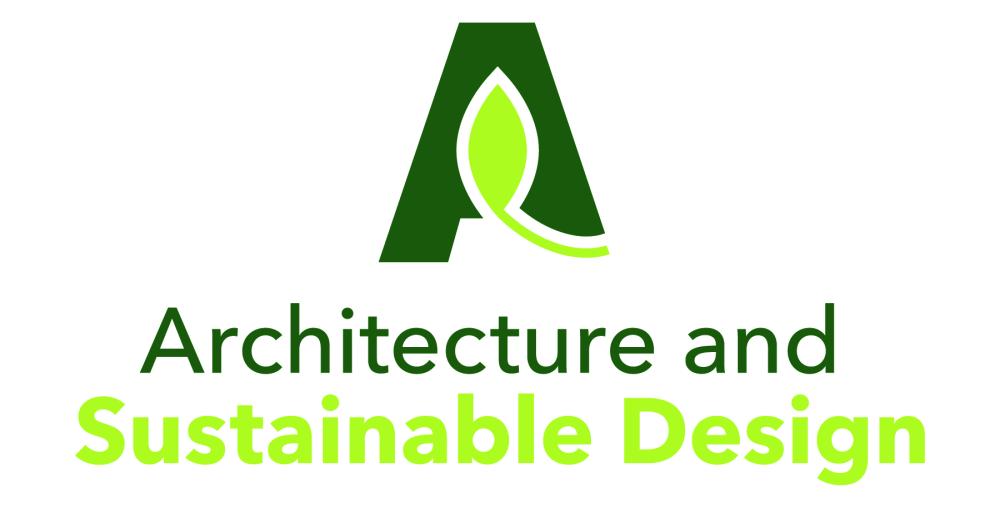
Commitment to Sustainability
Pennsylvania College of Technology’s architecture & sustainable design major reflects a profound commitment to educating the next generation of architects who prioritize environmental responsibility. The curriculum integrates sustainability principles across all aspects of architectural education, from design concepts to construction practices.
The college emphasizes hands-on learning experiences, allowing students to apply theoretical knowledge to real-world projects. Students engage in site analysis, energy modeling, and material selection, developing a deep understanding of the environmental impact of their design decisions.
Faculty Mentorship: Guiding Creativity and Expertise
Nurturing Student Potential
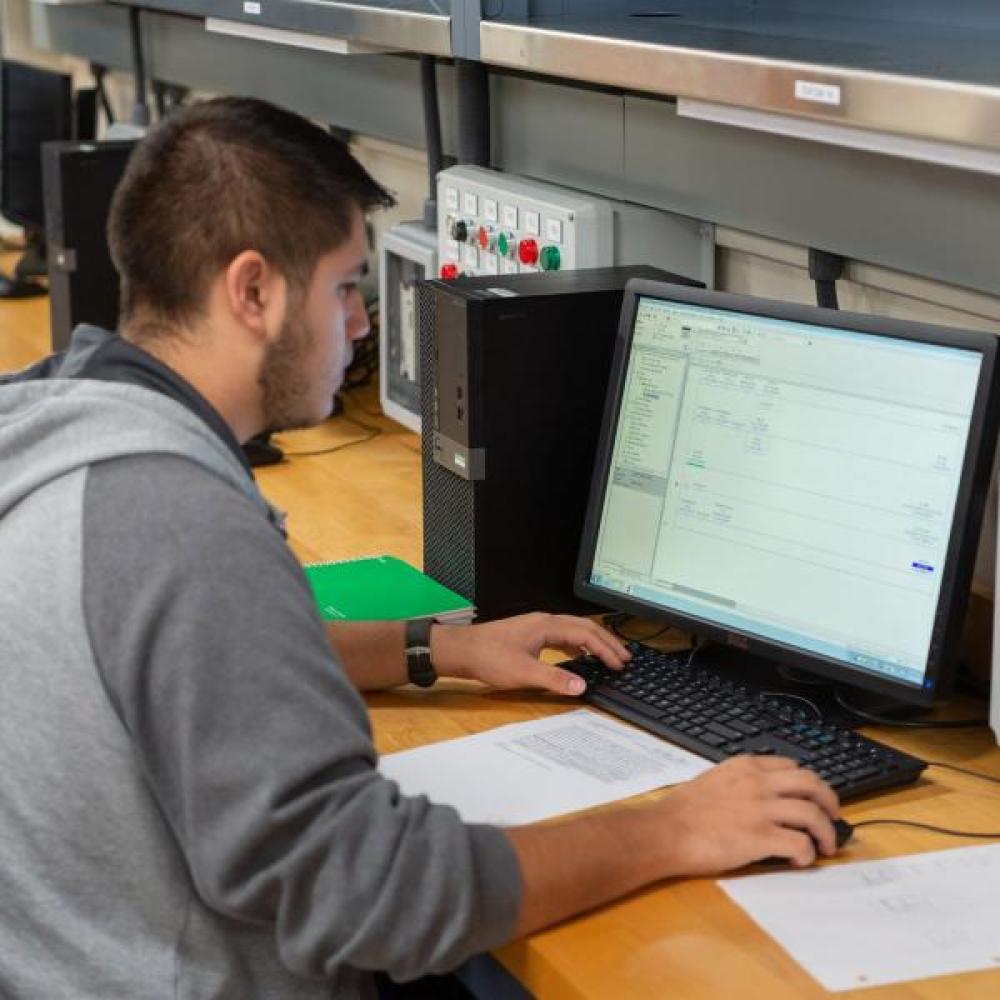
The program’s success hinges on the dedicated faculty mentorship that guides student creativity and technical expertise. Experienced architects and sustainability professionals serve as mentors, providing personalized guidance and support throughout the capstone project process.
Bridging Theory and Practice
Faculty members actively engage students in discussions about emerging trends in sustainable design, exposing them to innovative solutions and best practices. They encourage critical thinking and problem-solving skills, empowering students to develop innovative and sustainable architectural solutions.
Shaping the Future of Architecture
Reflecting Emerging Trends
The student projects showcased in the exhibition reflect emerging trends in sustainable design practices, demonstrating a commitment to environmentally responsible building practices. These trends include the use of renewable energy sources, passive design strategies, and locally sourced materials.
Addressing Climate Change and Resource Conservation
The designs presented address pressing environmental challenges, such as climate change and resource depletion. By incorporating sustainable design principles, these projects aim to reduce the environmental footprint of buildings and promote a more sustainable future.
Challenges and Opportunities
Future architects face numerous challenges in creating sustainable built environments, including balancing environmental considerations with economic feasibility and client expectations. However, these challenges also present exciting opportunities for innovation and collaboration.
The capstone projects at Pennsylvania College of Technology exemplify the potential of architectural education to shape a more sustainable future. By fostering creativity, technical expertise, and a commitment to environmental responsibility, the program equips graduates to address the pressing challenges facing the built environment.
Conclusion
The Architecture exhibit at Pennsylvania College of Technology is a testament to the boundless imagination and technical prowess of the next generation of architects. From sustainable designs tackling urban challenges to innovative concepts exploring the intersection of art and technology, the students’ work demonstrates a deep understanding of form, function, and the evolving needs of society. This exhibition isn’t just a showcase of individual talent; it’s a glimpse into the future of architecture, where creativity and innovation are driving forces in shaping a more sustainable and equitable built environment. These young minds are not merely drawing blueprints; they are crafting visions for a better tomorrow. Their projects challenge us to reconsider our relationship with our surroundings, prompting us to imagine spaces that are not only aesthetically pleasing but also responsive to social and environmental concerns. The ideas presented in this exhibit hold the potential to inspire change, to spark conversations, and ultimately to contribute to the creation of a built environment that reflects the aspirations and values of a more inclusive and sustainable future. The question remains: will we have the foresight and the courage to embrace these visionary ideas and build the future they envision?

